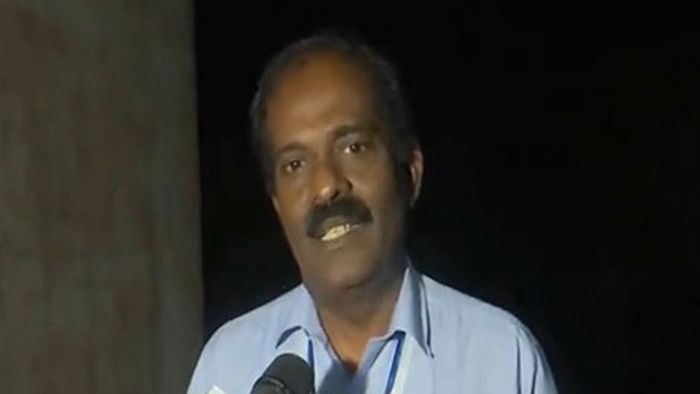SpaDeX mission crucial for future projects, says ISRO's Surendran
ISRO's SpaDeX mission is crucial for space debris management and advanced technology exploration. It aims to boost India's space capabilities and global standing.

- Dec 31, 2024,
- Updated Dec 31, 2024, 9:07 AM IST
The Space Docking Experiment (SpaDeX), launched aboard PSLV-C60, marks a pivotal step in India’s space exploration, according to project director N Surendran. He emphasised that the docking mechanism tested in this mission is essential for ambitious projects like the Bharatiya Antariksha Station and Chandrayaan-4.
“It is one of the experiments which is going to be useful for future assignments or projects assigned to us like our Bharatiya Antariksha Station (Indian Space Station) and the Chandrayaan-4 mission,” Surendran said, highlighting its relevance for long-term human and robotic space missions.
He added that mastering docking technology is mandatory for connecting spacecraft to international space stations.
SpaDeX involves two small spacecraft that will initially orbit 20 kilometres apart before gradually converging and docking in low-Earth orbit. Surendran noted that the mission serves as a cost-effective technology demonstrator for advanced space operations.
With this achievement, India joins an elite group of nations—Russia, China, and the United States—that have successfully demonstrated in-space docking. The indigenous “Bharatiya Docking System” used in the mission further showcases ISRO’s technical prowess.
ISRO Chairman S Somanath reiterated the significance of SpaDeX as part of the organisation’s future roadmap, which includes the launch of the NVS-02 satellite in January 2025 and other advanced missions.